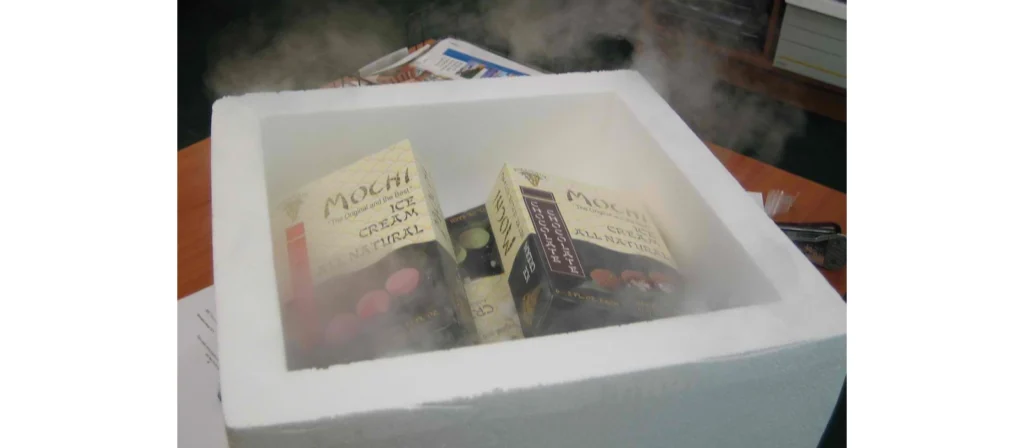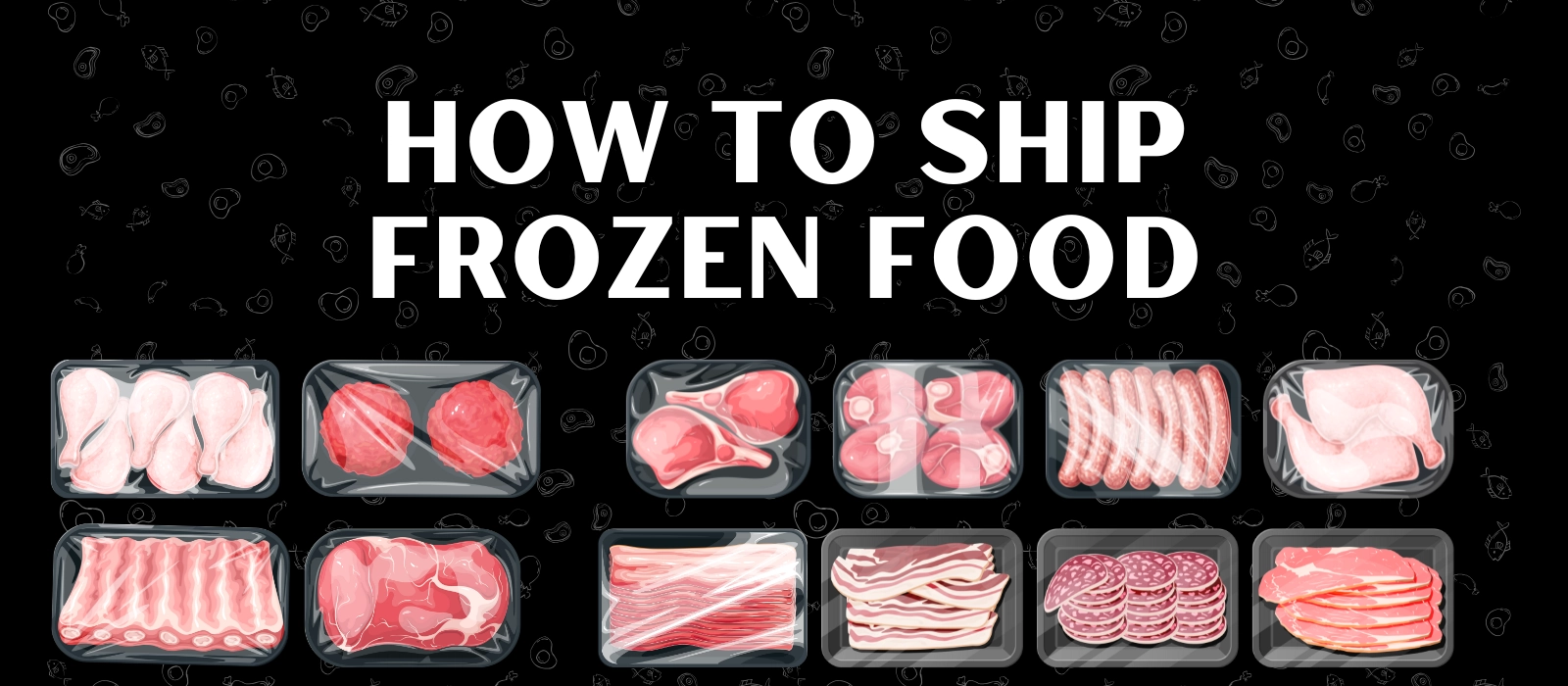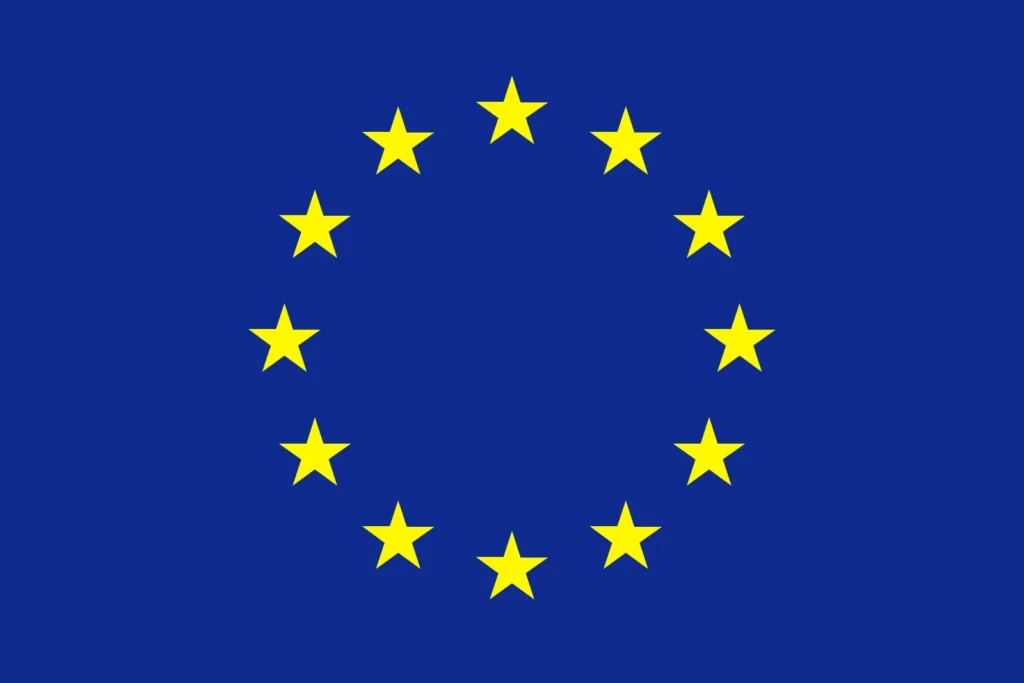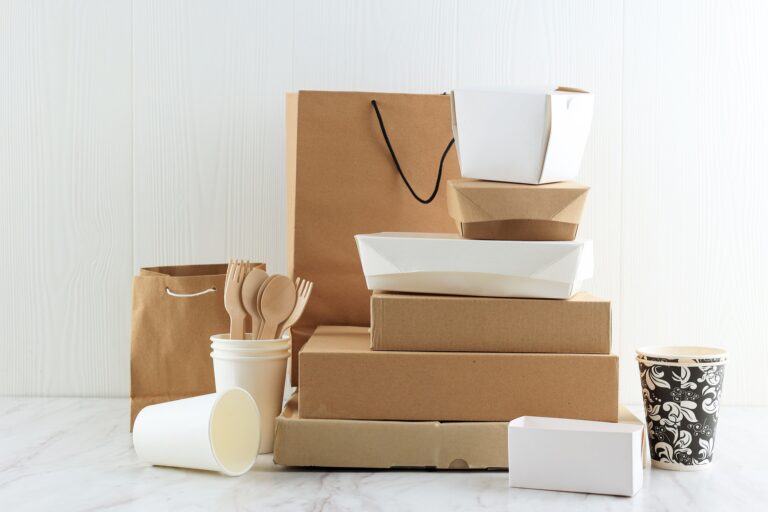How to ship frozen food without margin-killing melt claims? Are gel packs thawing before delivery? Do Friday cut-offs sabotage weekend routes? Unsure about dry ice math, liners, or proof of temperature? Worried compliance, sustainability, and speed are pulling you apart while customers expect rock-solid ice cream and zero condensation today?
You can ship frozen food reliably—and profitably—by building a simple, testable cold-chain system. Validate packaging, right-size dry ice or PCM, and lock transit windows you can actually hit. Document SOPs, pre-chill every component, and log temperatures for proof. Standardize pack-outs, audit weekly, and route around weekend risk. This is the practical framework we run at Million Pack, from materials to math to compliance, so every parcel lands rock-solid, customers are delighted, and your margin survives. Even in peak summer shipments.
Stick with me—I’ll show the exact materials, pack-out order, refrigerant math, labels, and QA loops we use, plus the pitfalls to dodge, so frozen arrives perfect and profits stay intact.
How to Ship Frozen Food: The Non-Negotiables for Profit
I run a packaging manufacturer. I get to see what works, what fails, and why. When we help clients figure out how to ship frozen food, I start with five non-negotiables. Miss one, and melt claims creep in. Nail them, and profits stabilize.

1) Define “frozen on arrival.”
Vague targets sabotage teams. I set a clear acceptance point: product core temp at or below −12 °C (10 °F) on receipt for ice cream; −18 °C (0 °F) for long-hold proteins; no free water in the shipper; liner interior dry to touch. We document probe placement, time after receipt, and a maximum door-open window. That gives operations, QC, and customer service the same yardstick.
2) Map the journey, minute by minute.
Draw the real path: freezer pull → pack-out bench → outbound cage → linehaul → depot → last-mile van → recipient. Each node adds heat. Each dwell has a clock. I annotate expected minutes and ambient conditions for summer and winter. Then we model heat load using a simple equation: product mass × specific heat + payload headspace + liner conduction + infiltration.
3) Pre-condition everything.
Cold product into a warm liner is self-sabotage. We pre-chill gel packs to their specified phase-change temperature (often −20 °C for “hard-frozen” PCMs), stage boxes and liners in a 5–10 °C room, and pull orders in small batches so pick time stays under five minutes. The difference in arrival temp is dramatic.
4) Eliminate weekend risk by design.
I avoid handoffs that create 24–48 hours of depot dwell. If your service map forces Friday departures, make Saturday delivery mandatory or build an extra refrigerant safety factor. But I’d rather route around the risk. Your future self will thank you.
5) Instrument for truth.
No data, no improvement. We drop a coin-sized NFC logger in one box per batch and one per pallet for LTL. We scan at receipt. If temperatures drifted, we check cut-off, pack-out time, and refrigerant mass. This is both quality control and claim defense.
6) Train the pack-out like a pit crew.
Two-minute standard. One person builds the liner. One loads product and refrigerant. One seals, labels, photographs, and stages. The clock stops when the parcel is in a refrigerated cage or handed over. We post times on a whiteboard. People compete. Shipments stay cold.
The purpose of these non-negotiables is simple. They give you a system. When something goes wrong, you can find the single point of failure fast, fix it, and protect margin.
Packaging That Works: Boxes, Liners, and Insulators
When people ask me how to ship frozen food, I always start with the package, not the refrigerant. The shipper is the engine. Get the structure right and you spend less on dry ice, suffer fewer soft-arrival tickets, and protect your brand. This is where Million Pack earns its keep—we don’t just sell a box; we engineer a validated cold shell and manufacture it end-to-end on our own lines.
What we manufacture in-house—and why it matters.
We run food container machines, noodle box machines, paper cup machines, folding lines, automatic die-cutters, and offset & flexo presses. That vertical stack lets me control tolerances, coatings, and inks. It also means rapid iteration when your lanes change. Every substrate that can touch food is certified—SGS/TÜV for materials and inks, under our ISO 22000:2005 food safety management system. Compliance is not a brochure line for us; it’s a factory setting. If you need proof on file, I attach certificates to each lot and shipment: SGS food contact, ISO 22000.
Shell selection: strength, moisture, and size.
For how to ship frozen food on B2B lanes, I specify double-wall corrugate for anything over 5 kg payload, with ECT 44+ and moisture-resistant sizing. Why? Stacks compress. Liners expand. Condensate happens in humid depots. A stronger shell keeps seams tight and R-value consistent. We also right-size aggressively. Excess headspace becomes a convection highway and burns refrigerant. My CAD team designs die-cuts that leave minimal void after the liner is inserted.
Liner choices: match the R-value to the route.
There isn’t one “best” liner. There is a best liner for your lane geometry, ambient profile, and service level.
- EPS shippers. Predictable R-value, economical, easy to source in volume. Great for 24–48h ground if you avoid Friday handoffs. We mold to your footprint and brand the outer carton. R-value references: EPS R-value table.
- EPP shippers. Tougher than EPS, better crush recovery, great for LTL where forklifts happen. Slightly higher cost, lower breakage.
- VIP (vacuum insulated panels). My weapon for hot lanes and air cargo where dim-weight punishes bulky foam. Fragile if mishandled, so we design protective sleeves. Pair with smaller dry ice mass for long, hot profiles.
- Paper/fiber liners. Recyclable curbside in many markets. Lowest R-value of the set, so only use with short windows or extra PCM. Perfect when you need an eco narrative without sacrificing brand experience. Validate before you scale.
Million Pack supplies all four families. More importantly, we validate. For any new lane or liner, my QA team runs a heat-profile chamber test and publishes the curve. You’ll see internal temperature over time under summer and winter profiles, plus the refrigerant mass we used. We don’t guess.
Fit, baffles, and “no-air” thinking.
A good liner used badly fails. Air pockets kill performance. We measure the post-liner internal cavity and design kraft baffles or molded fiber inserts to stop product from sliding and creating warm channels. For ice cream tubs, we use our own Ice Cream Cup and Soup Cup/Bowl with tight-seal lids as primary containers. Those become modular bricks we can pack tightly. For fragile items, our Natural Kraft Cardboard Trays and Bagasse components add shock absorption without adding moisture. For mixed kits, Salad Bowls, Sushi Boxes, and Dessert Boxes become perfect spacers—preventing cold-burn against the liner while locking geometry.
Coatings and inks: food-safe, low migration, moisture aware.
Frozen freight sees condensation. We specify water-based coatings with low migration and quick set. Our flexo/offset lines run food-grade inks only. If you’re exporting to the EU, CA, AU, or the Middle East, our documentation pack includes CoCs by substrate and ink lot, so your compliance team—and customs—are happy.
Eco without wishful thinking.
Clients ask us how to ship frozen food with recyclable packaging. The answer is: yes, with trade-offs. A fiber liner needs more PCM or a shorter transit window, period. We’ll show the delta in our chamber tests and then give you the messaging for your product detail page and shipment insert. No greenwashing; just physics and clarity.
Kitting and pack-out ergonomics.
Speed matters. Every extra minute raises product temperature and labor cost. We kit our components so your bench flow is two minutes end-to-end:
- Outer carton pre-formed.
- Liner drops in as a single fold set.
- Baffles snap to known positions.
- Refrigerant “lanes” are marked on the insert (top load, side load).
- Product bricks drop, spacer sheet, lid, tape, label, photo.
Branding without thermal compromise.
Your outer box is a billboard. We can print high-coverage branding with low-gain inks that don’t add moisture or interfere with tape adhesion. For VIP and EPS outers, we use sleeves to protect panels and give you full-bleed artwork options. If you want tamper-evident seals or dual-language handling icons, our die-cutters add them in one pass.
How we tailor a shipper to your lane (our 7-day playbook).
- Day 1–2: Sample call. You share payload, dimensions, transit window, ambient map, and refrigerant preferences.
- Day 3: We propose two kits—“performance” and “eco”—with estimated refrigerant mass and landed costs.
- Day 4–5: We run chamber validation with your actual SKUs, loggers inside, and send curves.
- Day 6: Pilot pack-out at your facility with our trainer.
- Day 7: Finalize BOM, SOP sheet, UN 1845 label set if dry ice, and reorder codes.
If you want the simplest way to improve how to ship frozen food today, start with the shell. Ask for our validated kit that matches your hottest lane, then let us tune refrigerant down from there. Better insulation. Cleaner pack-outs. Fewer claims. And yes—more profit.
Conclusion
If you asked me, as a manufacturer-operator, how to ship frozen food without bleeding margin, my answer is now a system, not a guess. Define “frozen on arrival,” pre-condition every component, pick a validated liner, and size refrigerant with math—not vibes. Then document the trip with data. That’s the operating rhythm we build for clients at Million Pack. Because we manufacture the shell and the innards—double-wall cartons, EPS/EPP/VIP-ready liners, tight-seal ice cream and soup cups, kraft trays, bagasse inserts—and certify materials under ISO 22000 with SGS/TÜV, I can tune fit, R-value, and ergonomics to your exact lane. My team then ships you a complete kit: SOPs, UN 1845 labels, refrigerant calculator, QC checklists, and a chamber-tested temperature curve you can hand to finance and compliance. If you’re ready to make how to ship frozen food simpler, safer, and more profitable, ask us for a two-option proposal—“performance” and “eco”—and a 7-day validation plan. We’ll prove the curve, train your bench, and make your next frozen delivery feel easy.






